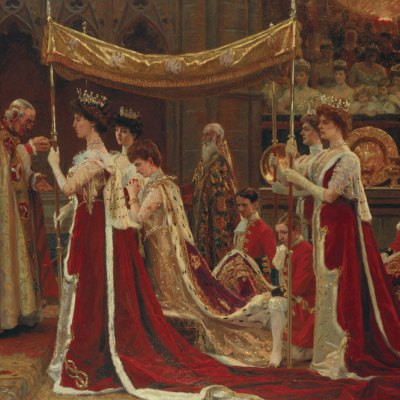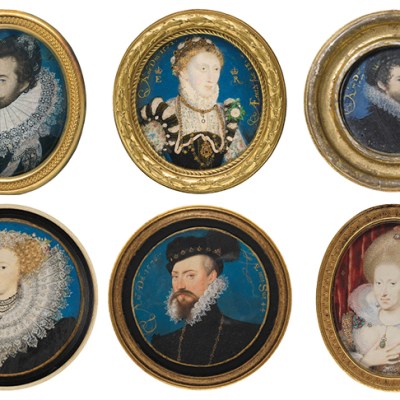From the July/August 2025 issue of Apollo. Preview and subscribe here.
With her near century-long vow of silence, Elizabeth II planted the notion that monarchs don’t have opinions. The accession of her son has restored the idea that kings and queens, like everyone else, seethe with preferences, passions and prejudices. Everyone knows that Charles III likes mutton, hates modernism and lives with a lugubrious sense of being misunderstood. And in the early 17th century, everyone knew that James VI of Scotland and I of England loved peace, hated smoking and lived in terror of witches.
They knew this not least because James took the trouble of committing his thoughts to print. Starting in the early 1580s when he was king of Scotland and continuing after he became king of England in 1603, James shared his opinions on everything from high politics to petty vices. By 1616, enough tracts, broadsides and homilies had emanated from the royal hand to make up an anthology. A copy of James’s collected works, 600 pages long, appears in this exhibition, open at the frontispiece. Here, beneath an engraving of James enthroned in state, lie four lines of verse, ending with the statement ‘knowledge makes the king most like his make’ – a caution to readers not to mistake his intuitions for the common surmises of the man in the stagecoach.
James VI and I (1566), Nicholas Hilliard. Collection of the Buchanan Society
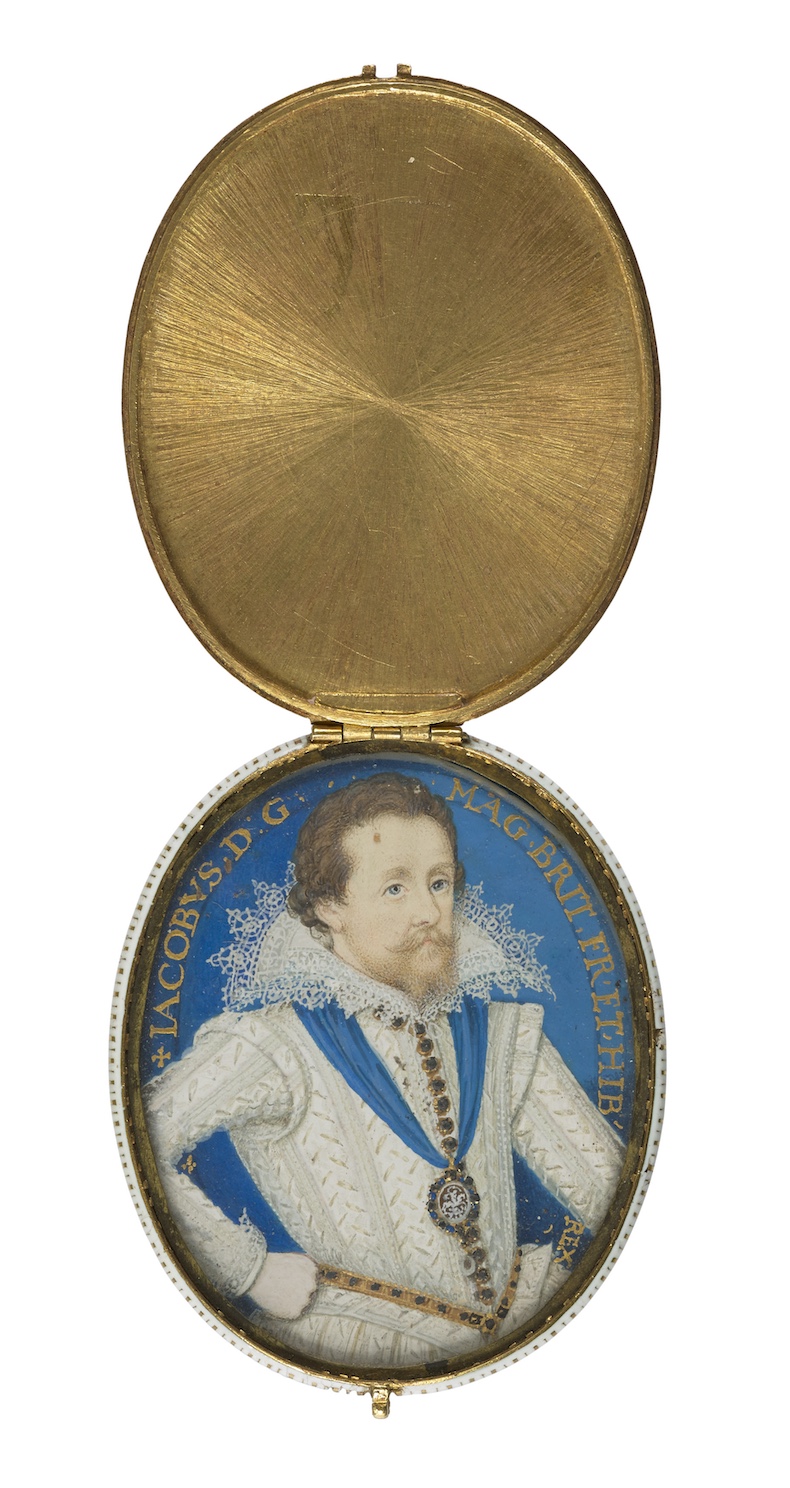
It’s as an author rather than a patron or collector that James is best known. This exhibition, however, seeks to give a sense of the material culture of his courts in Scotland and England as a whole. Texts, inevitably, make up a large number of exhibits, but they are spread out among a rich array of garments, jewels, coins, glassware and paintings – some by artists who’d made their name at the Elizabethan court, such as Nicholas Hilliard, others by figures who’d served James’s mother, Mary, Queen of Scots. Indeed, one of the strengths of the show is the treatment of writings as not only vehicles of expression but also objects in their own right, as worthy of inspection as a gold zodiac watch or Isaac Oliver’s candid miniature of James’s wife, Anne of Denmark.
Take, for instance, Basilikon Doron (1599), James’s treatise on kingship, which is one of the books on display here. It was framed as a letter of advice to Prince Henry, the king’s ‘dearest sonne and natural successour’. When James came to the English throne it was reprinted in London, selling as many as 16,000 copies, numbers that would make a modern publisher tingle. The 1603 edition opens with an image of Henry in the self-assured boy-man mode common in early modern portraiture. Before the text even begins, its argument has been rendered unnecessary, for James has produced the ultimate vindication of his rule: his ability, in contrast to Elizabeth I, his predecessor on the English throne, to provide an heir. The book becomes not so much a thesis to be debated as a collectable celebrating the king’s reproductive powers and the advantages to the body politic that flow from them.
Beyond James’s writings, the concern with dynastic security can here be traced across genealogical trees, commemorative medals and portraits of Prince Henry and Prince Charles, who became heir apparent after his elder brother’s sudden death in 1612. Robert Peake’s portrait of Henry as Prince of Wales, for example, presents him as an ersatz monarch in layers of sumptuous robes, a superb plumed coronet perched on the table beside him.
James VI and I (1604), John de Critz. National Galleries of Scotland
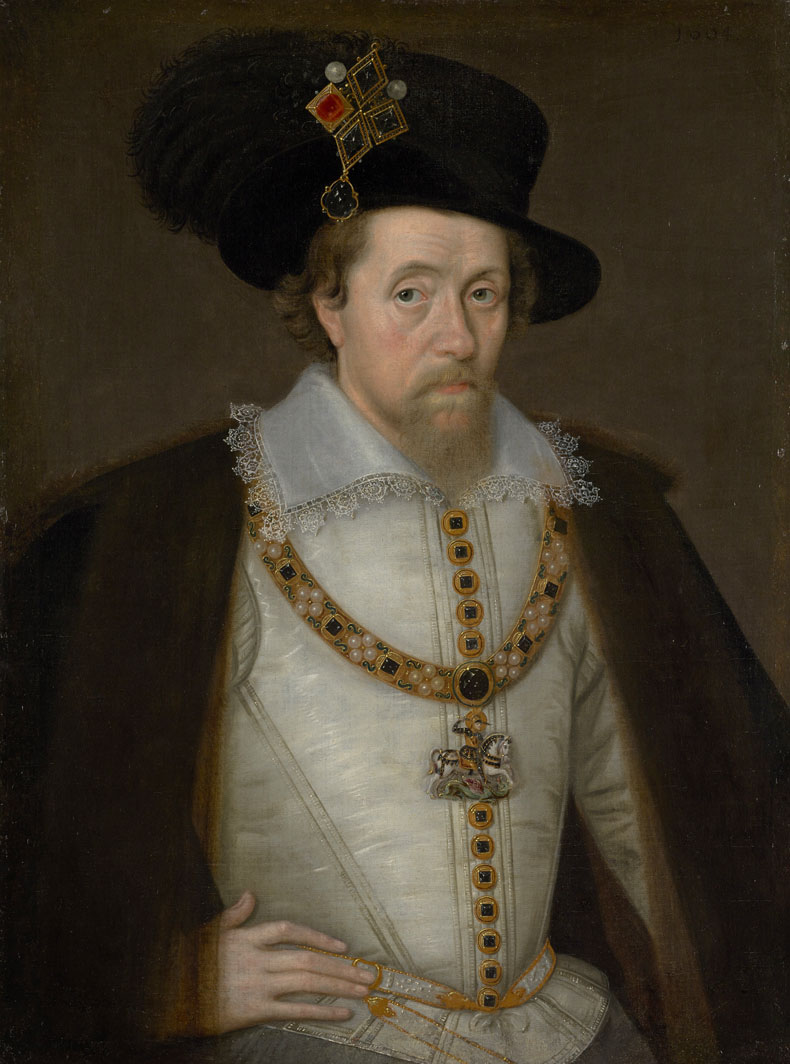
Likewise, the king’s fear of occult forces is reflected not only in his 1597 disquisition Daemonologie, but also in a charmstone used to ward off the evil eye and a bezoar stone that was thought to neutralise poisons. James, for obvious reasons, was never painted alongside his great favourite the Duke of Buckingham, but one of the letters from the duke to the king does as good a job as any double portrait of illustrating their unusual affinity. It opens ‘Dear Dad and Gossope’ and closes with Buckingham’s customary sign off, ‘Your Majesty’s most humble slave and doge’, the final lines squeezed vertically into the left-hand margin of the page with brazen want of ceremony.
James’s great matter, beyond securing the future of the Stuart dynasty, was the union of England and Scotland. Having combined the crowns of the two kingdoms in his person, he yearned to unite the realms in law, legislature, religion and name. Had the Almighty ‘not made us all in One island, compassed with One Sea?’ he asked Parliament. ‘What God hath conjoined then, let no Man separate.’ Parliament was not persuaded and Great Britain would have to wait another century before emerging from its chrysalis.
Yet this exhibition might give James quiet satisfaction. Although loosely divided into two parts, one focusing on his reign in Scotland, the other examining his court in England, it is staged in a large single room (three blind gothic arches in one wall add a nice period touch). There is so much intermingling of English and Scottish artefacts that the distinction between the two realms is often effaced.
Esther Inglis (1595), Unknown artist. National Galleries of Scotland
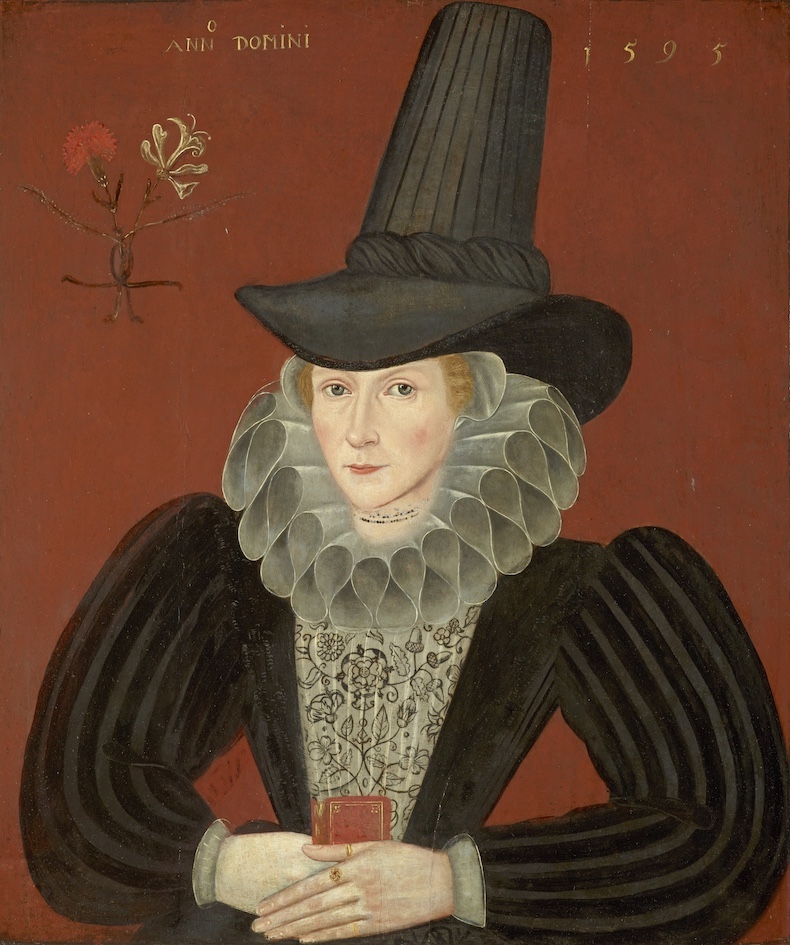
A splendid English-made bodice embroidered with bluebells and Tudor roses (another nod to union) sits alongside two gold posy rings manufactured in Scotland. A copy of James’s A Counterblast to Tobacco, written in disgust after his discovery that the English court was addicted to the ‘filthy novelty’ of smoking, is wittily set next to a clay pipe discovered in a shipwreck off the Isle of Mull. And that Renaissance woman Esther Inglis, who worked first in Scotland and then across the British Isles, appears as an incarnation of the spirit of union. We first meet her in a startling portrait of around 1595 by an unknown artist, dressed in a conical hat and a billowing ruff and clutching a book – an allusion to her work as a calligrapher. She appears again in a self-portrait in a verse manuscript she produced for the king’s cousin the Duke of Lennox, and then again providing decorative garlands to a treatise in favour of union.
This enjoyable exhibition ends with an unusually intimate portrait of James’s successor, Charles I, painted early in his reign by Gerrit van Honthorst. It’s a reminder that, when James died four centuries ago, so began an era in which the views of kings could have deadly consequences.
‘The World of King James VI & I’ is at the National Galleries of Scotland: Portrait, Edinburgh, until 14 September.
From the July/August 2025 issue of Apollo. Preview and subscribe here.

